Scientific Name: Rudbeckia hirta
Most people have seen black-eyed susans before. They are common wildflowers native to North America that can be found growing in gardens, fields and countrysides everywhere.. They are easily recognized, with their dark brown, almost black, centers with bright yellow daisy-like petals. They also have coarse, hairy foliage.
Black eyed susans would look great in any garden or wildflower meadow, adding bright colour and charm to the landscape. Gardeners love these bright yellow flowers because they are so easy to grow, low maintenance and quick growing. They are the perfect flowers for beginners! As well, they are drought and heat resistant—ideal for hot, dry climates. All you would have to do is sow the seeds and leave the rest to nature. They do well in most soil conditions, as long as it’s well-drained. And best of all, these cheerful flowers will reseed after the first season, so you will have flowers next year without having to replant!
The flowers will bloom prolifically between early summer and early fall. Be sure to give them enough space to grow, as they tend to spread and will crowd out other flowers in your garden. In fact, due to its rapid growth, black-eyed susans have been classified as a weed in some places. Divide your plants every 3 to 4 years to ensure healthy plants and to prevent excessive spreading. Deadheading (removing spent flowers) will increase the number of blooms.
As a bonus, black eyed susans will attract butterflies and bees to the garden. It is also a source of food for some small animals. They would be lovely as cut flowers.
Climate zones 3-9.
Fun facts about the black-eyed susan:
- It is the official state flower of Maryland, USA since 1918.
- The genus name, Rudbeckia, was named in honour of botanist Olof Rudbeck Junior.
- Just like echinacea, this flower has been used in traditional herbal medicine. Juice from the roots has been used to heal earaches.
- Some species of fungi will grow on the roots of the flower.
- Black eyed susans are pioneer plants, one of the first plants to grow after a fire or other natural disaster.
- In the language of flowers, black eyed susans represent encouragement. They would be the perfect gift to send to a friend who is going through some tough times.
- Flowers for Friendship Day (funflowerfacts.com)
- Black-eyed Susans (27thstreet.wordpress.com)


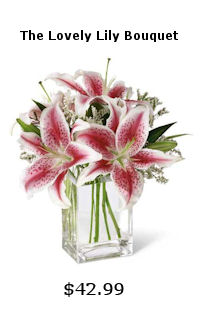
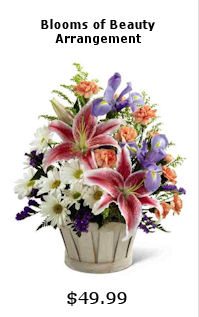



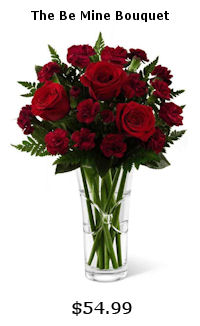
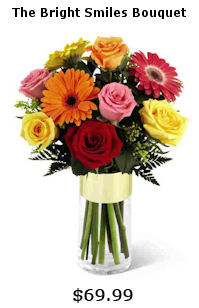
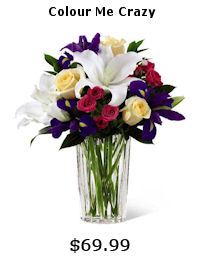
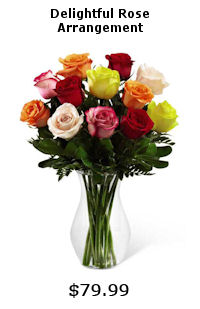










Pingback: Black Eyed Susan - Flowers - Featured Content - Lovingly
Thank you for the information but i do hope there could be more fun facts about them but other than that it’s all good
LikeLike
Pingback: Flowers Available in Autumn | The Blog Farm
Pingback: Flowers Available in Autumn | Grower Direct Fresh Cut Flowers Presents…
Pingback: Fun Flower Facts: Black Eyed Susan Vine (Thunbergia) | The Blog Farm
Pingback: Fun Flower Facts: Black Eyed Susan Vine (Thunbergia) | Grower Direct Fresh Cut Flowers Presents…
Pingback: Late Summer Blooming Flowers | The Blog Farm
Pingback: Late Summer Blooming Flowers | Grower Direct Fresh Cut Flowers Presents…
Pingback: Creating a Cutting Garden | The Blog Farm
Pingback: Creating a Cutting Garden | Grower Direct Fresh Cut Flowers Presents…
Pingback: Summer 2013 Wedding Flower Trends | The Blog Farm
Pingback: How to Divide Perennials | The Blog Farm
Pingback: Summer 2013 Wedding Flower Trends | Grower Direct Fresh Cut Flowers Presents…
Pingback: How to Divide Perennials | Grower Direct Fresh Cut Flowers Presents…
Pingback: Flowers for Friendship Day | Grower Direct Fresh Cut Flowers Presents…
Pingback: What's the Difference Between Annual and Perennial Flowers?
Pingback: What’s the Difference Between Annual and Perennial Flowers? | Grower Direct Fresh Cut Flowers Presents…
Pingback: Fall Flowers for your Garden! | Grower Direct Fresh Cut Flowers Presents…
Pingback: The Meaning of Flowers | Grower Direct Fresh Cut Flowers Presents…